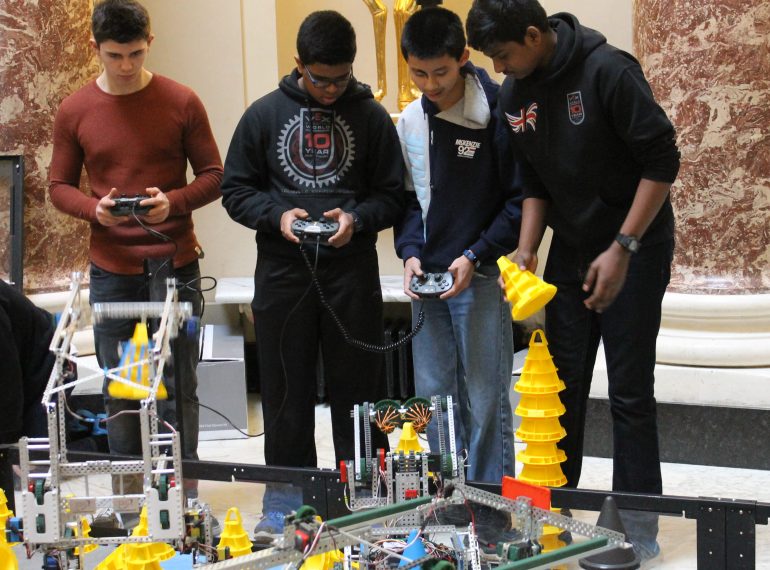
Five senior boys have won an early place in the global finals of a robotics event in the US, while other QE teams continue their onward march in competition by winning a string of accolades.
It is QE’s very first year of participation in the senior robotics competition, called VEX EDR. Last year, QE took part in the junior category, VEX IQ, for the first time and two teams from the School qualified for a place in the 2017 world championship, also held in the US.
The EDR team, HYBRID ALPHA, won their automatic place in the 2018 Vex Robotics World Championship in Louisville, Kentucky, in April, by scooping the Excellence Award in the regional EDR event at Stowe School in Buckinghamshire. QE’s ALPHA and BETA teams were pitted against teams from Coventry, Buckingham and Kent, as well as other London schools.
Alex Saika, judge for the award at Stowe and a member of the British university robotics team, praised ALPHA on the day: “This team has demonstrated excellence throughout the competition, and although they narrowly lost out in the teamwork final, we felt that they were the most consistent throughout, and have shown an overall excellent approach to solving engineering problems throughout their journey.”
 The EDR competition featured a new game, The Zone, played on a 12ft x 12ft pitch, in which two alliances, comprising two teams each, competed in activities including stacking cones on goals and parking their robots.
The EDR competition featured a new game, The Zone, played on a 12ft x 12ft pitch, in which two alliances, comprising two teams each, competed in activities including stacking cones on goals and parking their robots.
Congratulating ALPHA, Head of Technology Michael Noonan said: “Many of the other schools competing have been a part of this particular competition for a number of years, which makes this feat all the more impressive. The award made for an especially “sweet finish to the day.”
The ALPHA team are: Year 12’s Aadi Desai, together with Deshraam Ganeshamoorthy, Bhargab Ghoshal, James Tan and Ukendar Vadivel, all of Year 10.
“Not to be outdone by ALPHA, BETA achieved an accolade of their own, winning the Design Award,” Mr Noonan said. “This award is usually given to the team which finishes second in the standings for the Excellence award, and, had it not been for some earlier malfunctions, they might have had seats on the plane to the US.”
The BETA boys still have the opportunity to progress further when they compete in the National Championships in Telford in March.
The awards won at Stowe are the fourth and fifth awards accrued by the EDR teams in regional rounds so far this year, with ALPHA also winning the Judges Award at the Welwyn regional event and the Teamwork Champion and Design awards at the event hosted by Greig City Academy in Hornsey.
 At IQ junior level, the QE participants, who are drawn from Years 8 and 9, have also performed strongly as they aim to emulate the achievements of last year’s teams. Against a backdrop of stiff competition from a record number of teams – and with more qualifying events still to come – three Year 9 teams, Gear Squad, Snake Byte and ECHO, have now won places in their national finals, which take place in Telford the day before the EDR finals.
At IQ junior level, the QE participants, who are drawn from Years 8 and 9, have also performed strongly as they aim to emulate the achievements of last year’s teams. Against a backdrop of stiff competition from a record number of teams – and with more qualifying events still to come – three Year 9 teams, Gear Squad, Snake Byte and ECHO, have now won places in their national finals, which take place in Telford the day before the EDR finals.
“Their most challenging competition to date was undoubtedly The Henrietta Barnett School regional event, where Gear Squad were named Teamwork Champions and narrowly missed out on the automatic World Championship-qualifying Excellence Award,” said Mr Noonan. “On the same day, Gear Squad also picked up the Design Award, Snake Byte won the STEM Research award, and – our surprise package of the day – Year 8 team Technogear won the Judges Award.” Mr Noonan is hopeful that Technogear and fellow Year 8 competitors, Supercharge, will yet qualify.
 “Other awards won already this year by teams include the Teamwork Champion and Judges awards won by Gear Squad at the Fortismere regional and the Judges Award won by Snake Byte at the Essex regional.”
“Other awards won already this year by teams include the Teamwork Champion and Judges awards won by Gear Squad at the Fortismere regional and the Judges Award won by Snake Byte at the Essex regional.”
IQ’s new game this year is called Ringmaster. It involves two robots working collaboratively in 60-second matches on a 4ft x 8ft rectangular surface to complete tasks including scoring goals with coloured rings.
The VEX robotics competitions are run to promote the use of Mathematics and Physics and to teach the basic principles of robotics through team-based design-and-make challenges. There are almost 3,000 teams worldwide across the IQ and EDR formats, with China and the US particularly prominent.
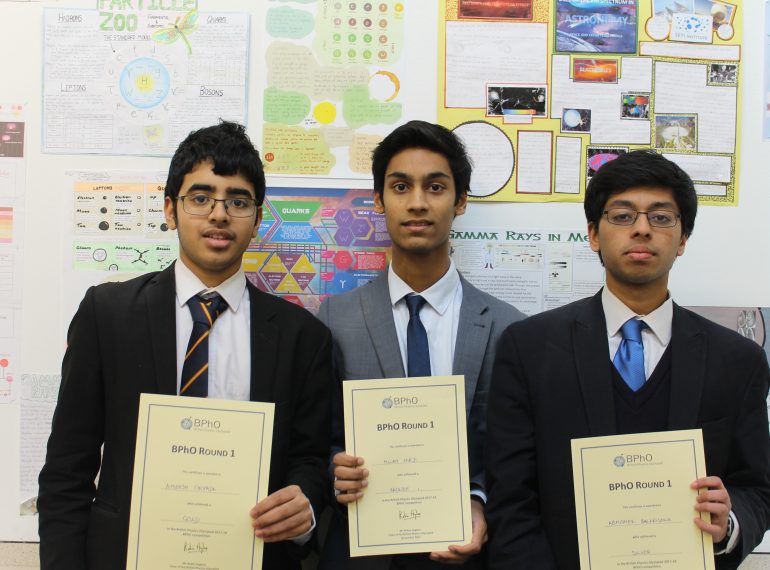

 The EDR competition featured a new game, The Zone, played on a 12ft x 12ft pitch, in which two alliances, comprising two teams each, competed in activities including stacking cones on goals and parking their robots.
The EDR competition featured a new game, The Zone, played on a 12ft x 12ft pitch, in which two alliances, comprising two teams each, competed in activities including stacking cones on goals and parking their robots. At IQ junior level, the QE participants, who are drawn from Years 8 and 9, have also performed strongly as they aim to emulate the achievements of last year’s teams. Against a backdrop of stiff competition from a record number of teams – and with more qualifying events still to come – three Year 9 teams, Gear Squad, Snake Byte and ECHO, have now won places in their national finals, which take place in Telford the day before the EDR finals.
At IQ junior level, the QE participants, who are drawn from Years 8 and 9, have also performed strongly as they aim to emulate the achievements of last year’s teams. Against a backdrop of stiff competition from a record number of teams – and with more qualifying events still to come – three Year 9 teams, Gear Squad, Snake Byte and ECHO, have now won places in their national finals, which take place in Telford the day before the EDR finals. “Other awards won already this year by teams include the Teamwork Champion and Judges awards won by Gear Squad at the Fortismere regional and the Judges Award won by Snake Byte at the Essex regional.”
“Other awards won already this year by teams include the Teamwork Champion and Judges awards won by Gear Squad at the Fortismere regional and the Judges Award won by Snake Byte at the Essex regional.”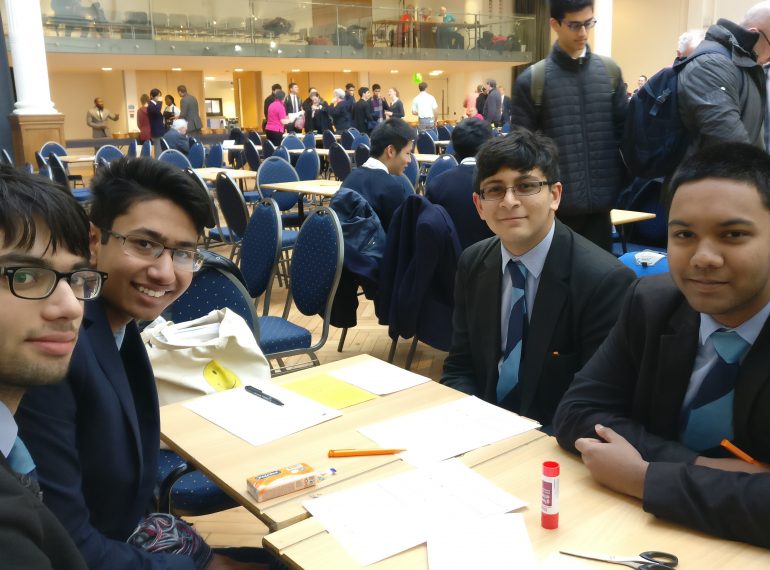
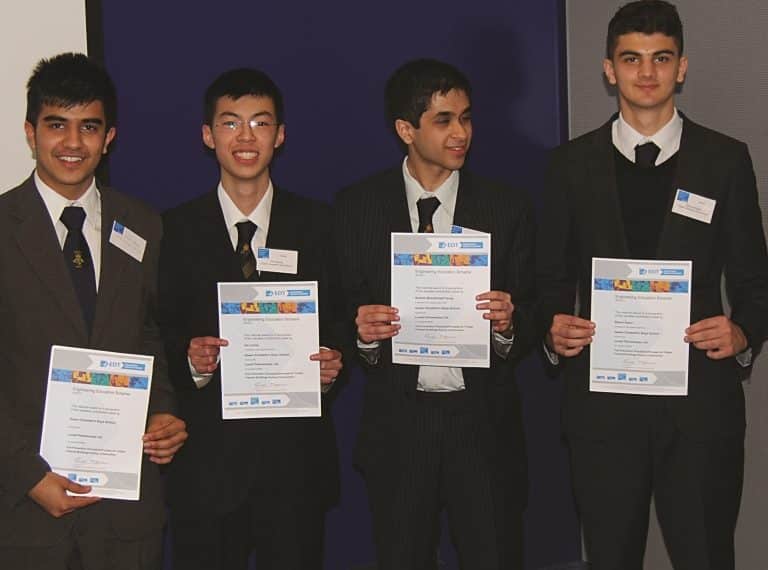
 A further 132 boys from Years 9–11 took part in the European Kangaroo – open to the next highest-performing entrants from round 1 across more than 30 countries. The QE contingent represented an increase of nearly 50% on last year (89) which was already double the number of qualifiers in 2015 (46).
A further 132 boys from Years 9–11 took part in the European Kangaroo – open to the next highest-performing entrants from round 1 across more than 30 countries. The QE contingent represented an increase of nearly 50% on last year (89) which was already double the number of qualifiers in 2015 (46). The competition is run by Kangourou sans Frontières (KSF), an independent association: its name reflects the fact that it was originated by the Australian Mathematics Trust.
The competition is run by Kangourou sans Frontières (KSF), an independent association: its name reflects the fact that it was originated by the Australian Mathematics Trust. Competition entrants were given the task of using their STEM skills to devise creative solutions to the energy challenges that cities will face in 2050.
Competition entrants were given the task of using their STEM skills to devise creative solutions to the energy challenges that cities will face in 2050.